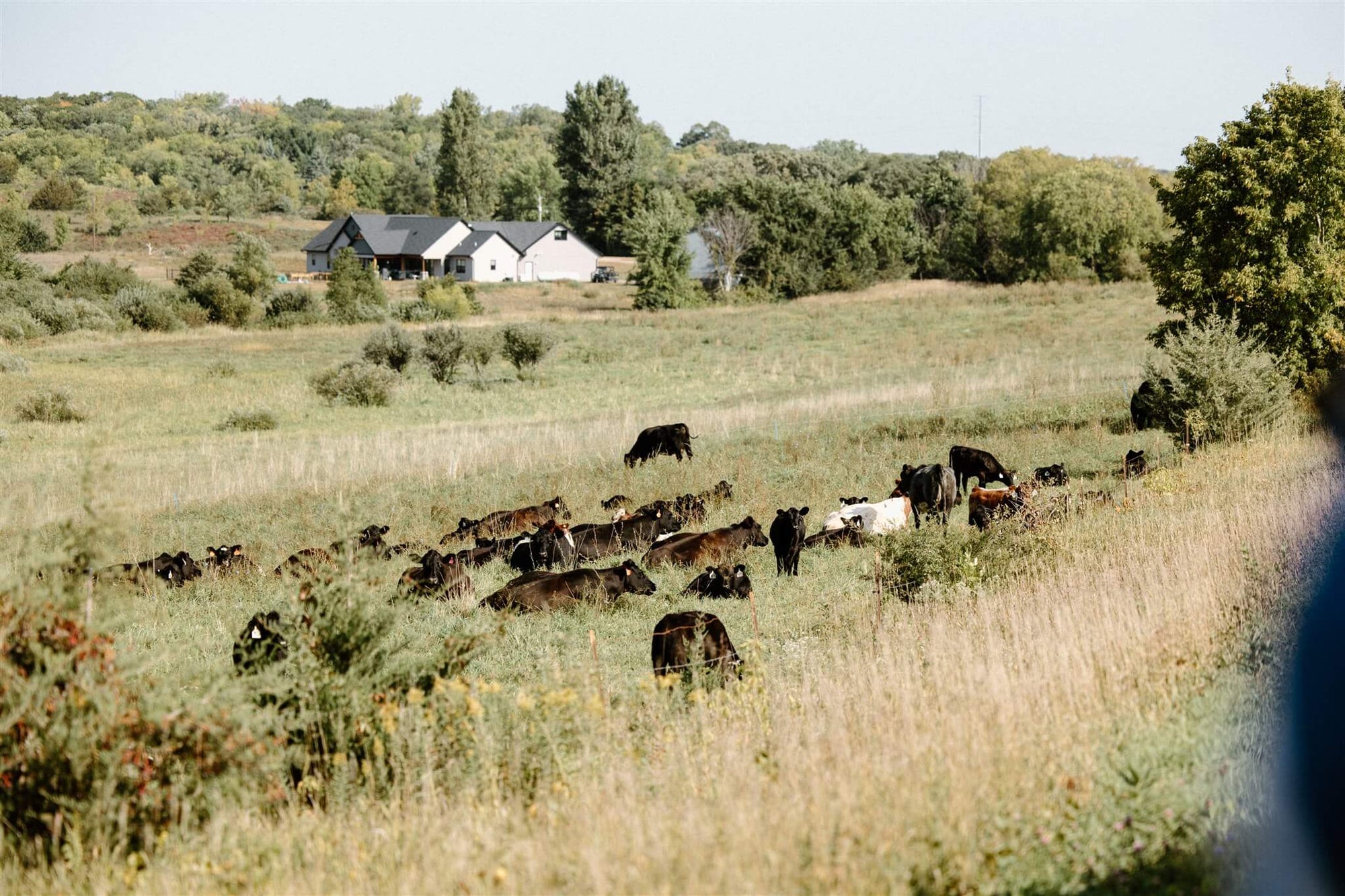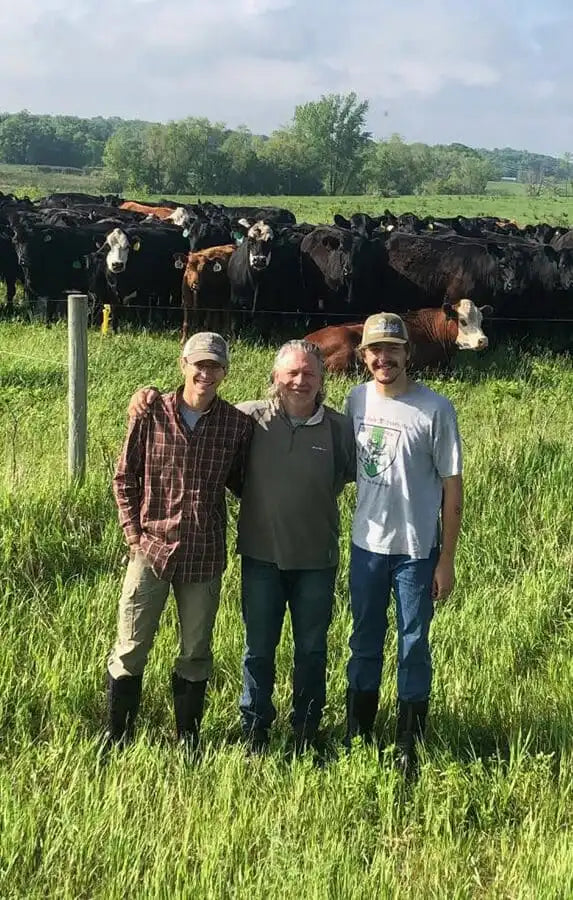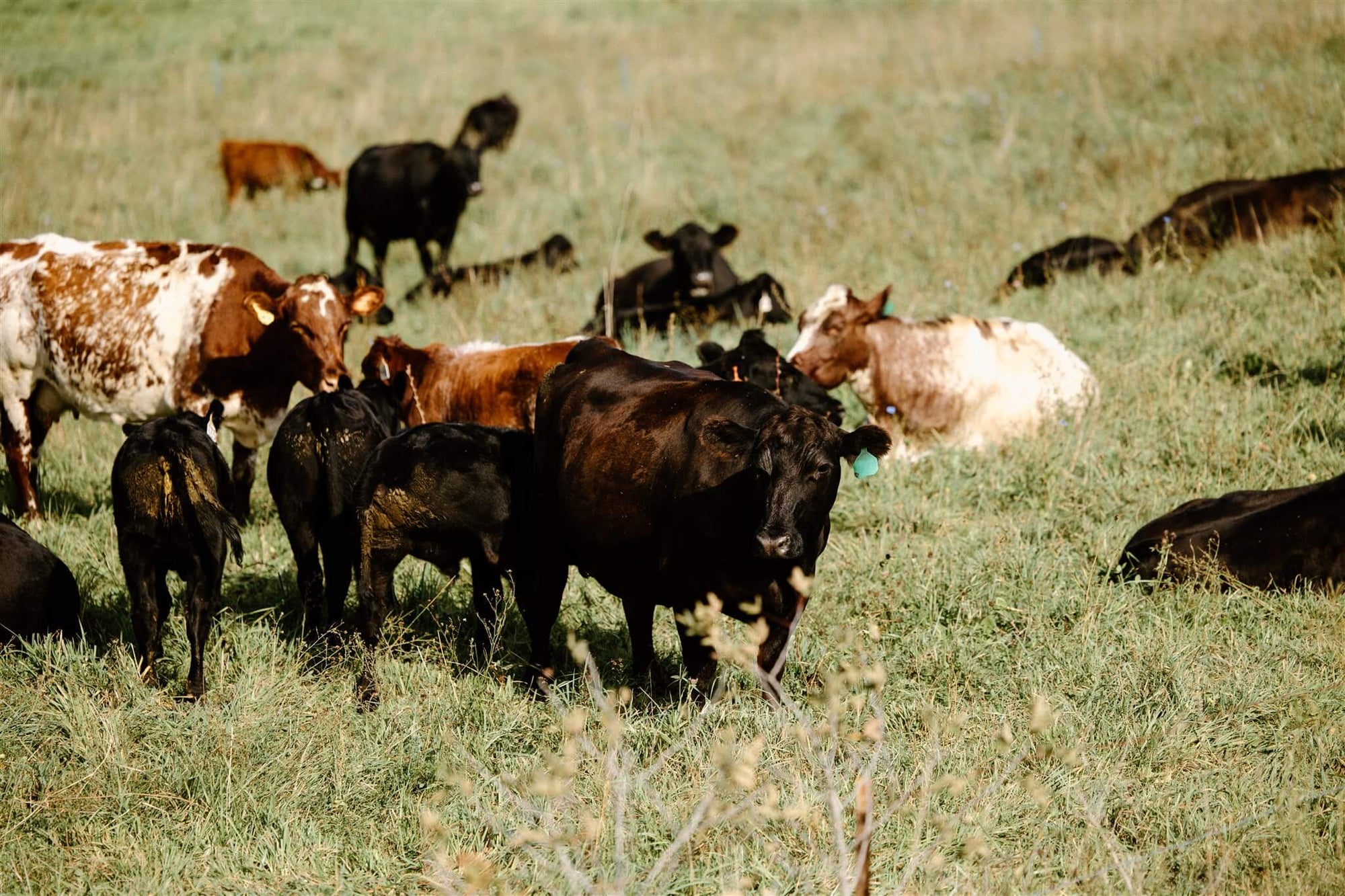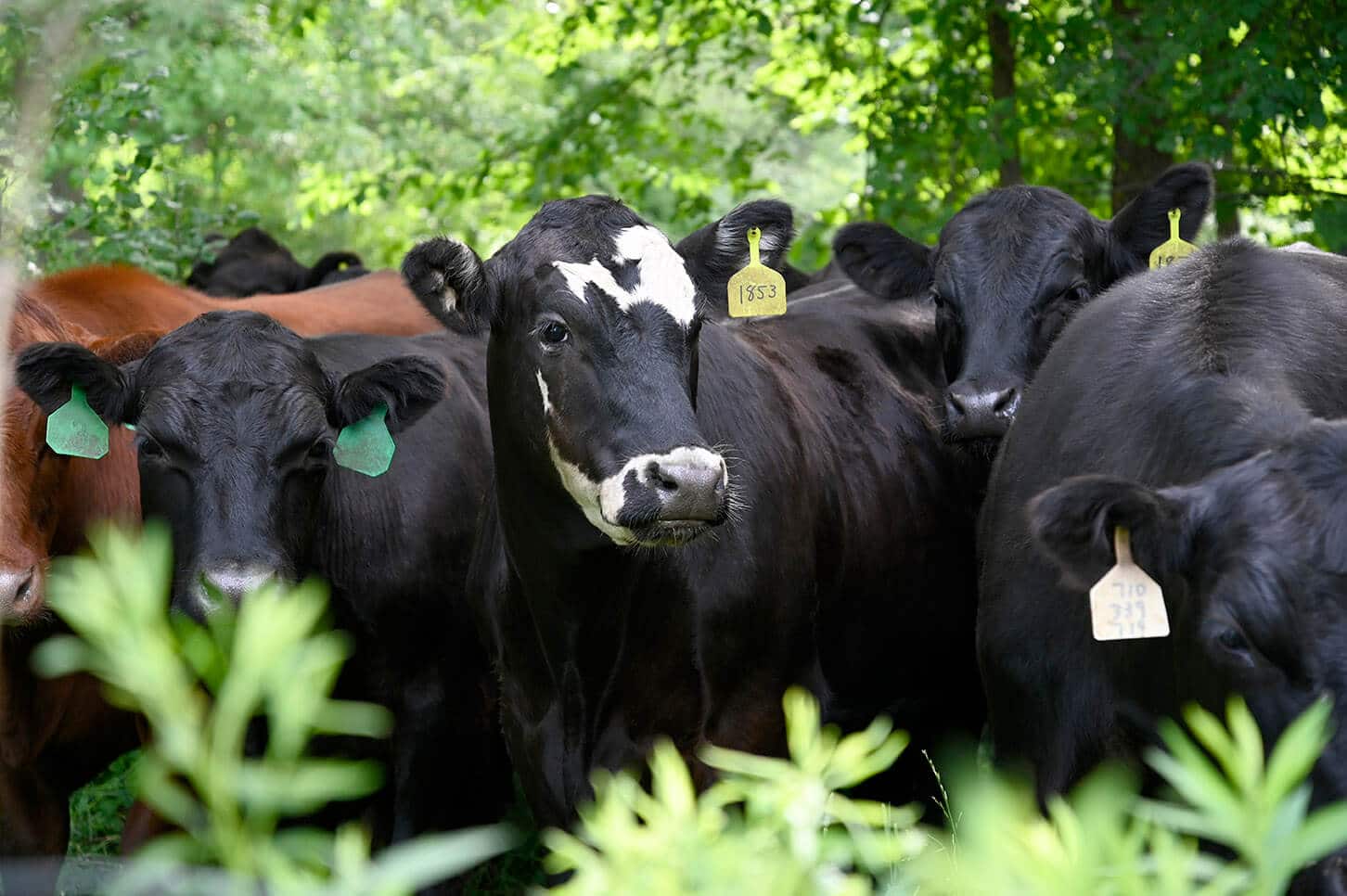For decades, rural economies have been hurting. The already low population has dwindled as young people leave for better economic opportunities in urban areas. As the current generation of farmers and ranchers retire, fewer young people are taking on the work.
Poverty rates are rising. Climate change affects natural resources, which is the rural community’s economic base. Drought, erosion, flooding, and more extreme weather has taken a huge toll on soil health.
The rural economy needs regenerating, and a rotational agricultural system used for centuries before the advent of industrial, monocultural, and chemically-based farming may prove the way to do it.
Agriculture is a key component of the economy. Without it, the rest of the economy could not exist, because without farmers, there is no food. The ecological costs of conventional agriculture have been astounding. Sustainable agriculture methods can reverse this harm while enhancing the rural economy.





